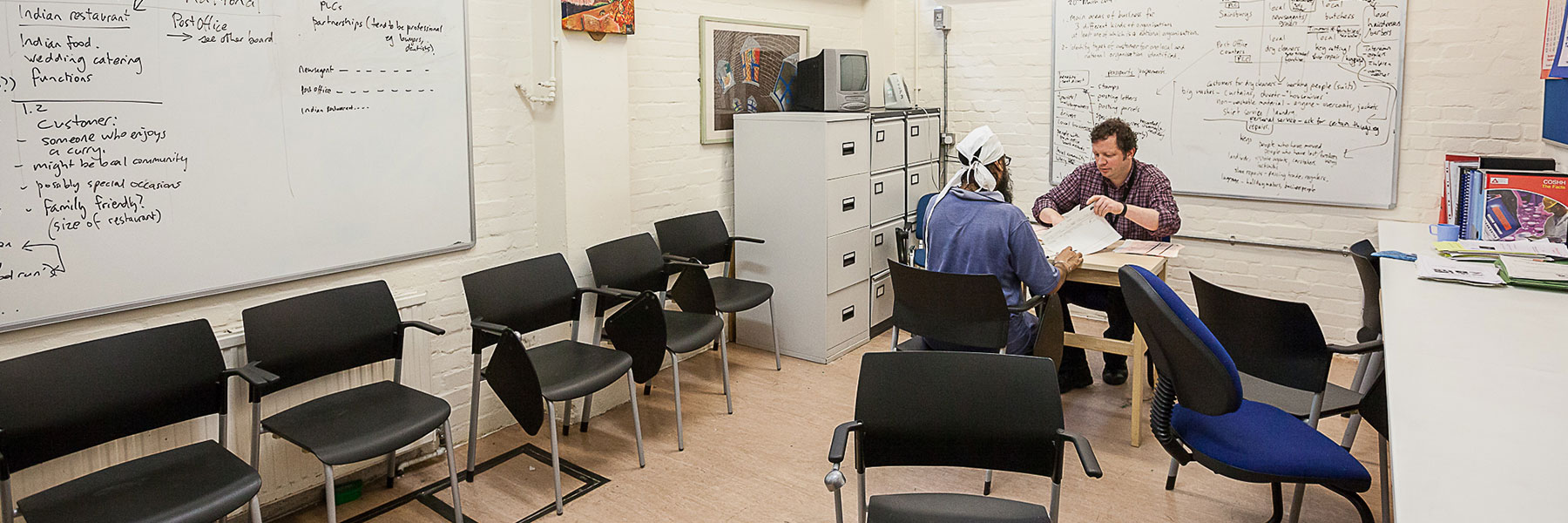
Today the MOJ/HMPPS release new performance measures that record the rate of employment for prison leavers six weeks after release. For the first time, we have a picture of what is happening to prison leavers a few weeks after they go through the gate.
It is also interesting – and praiseworthy – that these measures are a shared responsibility between Community Rehabilitation Companies (CRCs) and the prison and probation services. This welcome development recognises that all these organisations have a joint responsibility to support people leaving prison. The data is recorded for people on community supervision (licence), after they leave prison. It is collated by CRCs and the National Probation Service who have the responsibility to supervise people during this time.
The new data shows that 10.5% people who left prison between April 2018 and March 2019 were in employment six weeks later. This is lower than the figure of 17%, the number of people in work a year after leaving prison. But, it does suggest that a lot of people who will still be in work a year later are finding work pretty quickly on release from prison, which is positive.
Every year, around 70,000 people leave prison. Although we know that at least 58,000 of them are not in employment one year after release, we know surprisingly little about what happens to them. The new data from MOJ will help us to build up a picture of what their circumstances and hopefully track progress over time.
The 10.5% figure in employment covers anybody who is in paid work; whether full time or part time, temporary or permanent, in apprenticeships, or self-employed. Nine percent of prison leavers last year were not available for work because of illness, disability or care responsibilities and, nearly a fifth of the data (18%) is missing. This leaves over 40,000 people – 62% who are counted as unemployed. It would be good to have more information abut because some of these people will be involved in training, doing courses or volunteering.
The data collected looks at employment but it would be helpful if this were extended to recording training and education as well. As the data comes from supervision records, CRCs and the NPS are already supposed to be recording who is in employment and training. This could be collated and published so that we have information about people engaged in productive activities that build skills.
We do not currently have any figures that tell us how many people leaving prison are involved in education – even though engagement with education can significantly reduce reoffending. The proven offending rate a year after leaving prison is 34% for prison learners and 43% for people who have not engaged in any education.
While employment straight from prison is often a good thing and usually critical in the long term it is not ideal for all prison leavers. Sometimes it is not a realistic short-term goal until other issues have been addressed. Education and training can be a transition into the community and into work. It can be a way for people to get back on their feet, access new skills and qualifications and build the confidence they need to then take them into the workplace.
There are no easy or quick solutions to supporting people leaving prison into work and education. The numbers of people leaving prison are so large, and the barriers they can face are so immense that any progress, however small it appears, should be commended. The majority of people leaving our prisons face multiple challenges around readjusting to life in the community and dealing with the social stigma of having service a sentence. Even small change in the statistics mean that individuals are getting more support and are more likely to resettle successfully and turn their lives around.
Evidence shows us that strong ties to family and/or community, activity that is fulfilling, recognition of their worth from others, feelings of hope and self-efficacy, and a sense of meaning and purpose in their lives are key factors in desisting from crime. Education provides a route to all of these things and we miss a trick if we do not know when prison leavers are involved in studying.